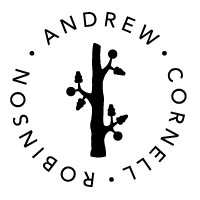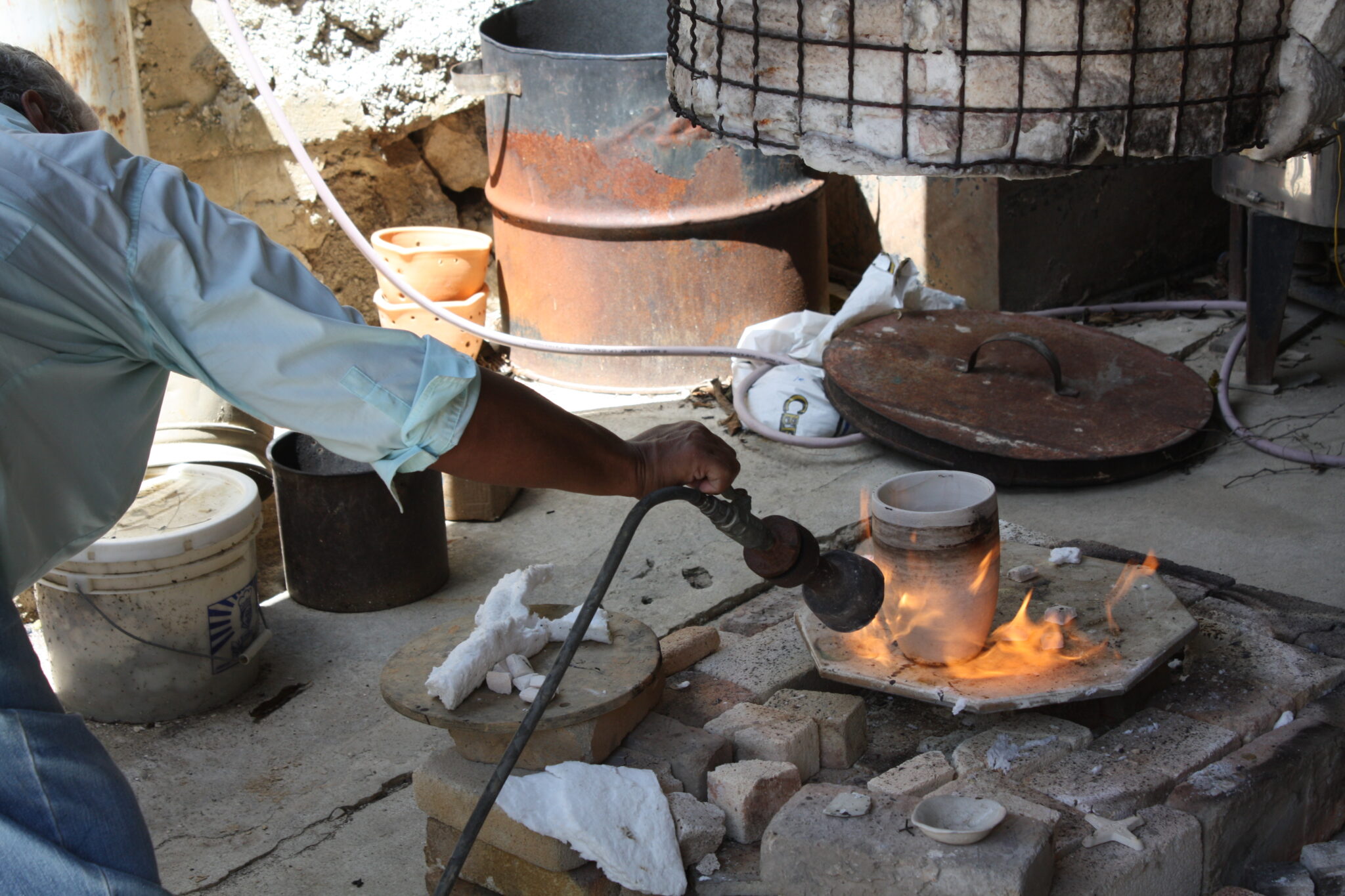Expressionism and experimentation in ceramics. This course is open to artists, designers, and more experienced students who have taken Ceramic Fundamentals. Through various theme-based projects, students develop sophisticated proposals and are supported through innovative sculpture, model and mold making workshops. Ceramics can blur the lines between art, design and craft. Experimentation is the theme of this class, and combining new and traditional technologies such as the wheel, 3D printing, modeling, mold making, and CNC methods may be utilized.
Open to: Bachelor degree in Product Design majors, juniors and seniors only; others by permission of the Product Design program. Pre-requisite(s): PUPD 3322 Fundamental Ceramics
Projects
Students will explore ceramic materials, design research and form making methods in class workshops and independent explorations. Over the course of the semester students will ideate, plan, design and develop three core projects. The first is an exploration of touch and modularity; the second is a reinvention of tableware as a sculptural as well as functional landscape; the third is a self-defined project, which includes invention of form making method(s) to create designed artifacts, and/or objet d’art that may be poetic and/or prosaic. Below are brief descriptions of each project. Detailed information of projects will be posted on Canvas, along with related class material.
PROJECT 1: Look and Touch / Form, Material, and Modularity
Using the slab roller, extruder, make a sequence of modular forms that explore surface variables through touch as well as sight. Consider the gestalt of texture, form, structure, rhythm, material variation and physical interaction.
- Create a series of at least 9 modular forms which fit together as a series forming a greater whole from the individual parts. Example concepts of modularity include: Stacking, Nesting, Tiling, Tessellation, Puzzle, Intersection, Weaving, Interlocking, Piercing, Layering, Leaning, etc.
- Ad-Hoc Studies: Create a series of quick clay studies of different approaches to form, using slabs, coils, modeling, sgraffito, etc.
- Create clay a firing tray, and test tiles and crucibles to explore textures, underglazes, glazes and inclusions.
PROJECT 2: Reimagine Tableware / A Shared Meal, A Sculptural Landscape
Reimagine a meal shared between at least two living things. How might we create ceramic forms that can function in the preparation, presentation and consumption of a meal?
- Create a series of designed objects as functional tableware that is presented as a cohesive sculptural landscape on the table, which serves the needs of at least two participants.
- Ideation: e.g. Sketches, mood boards, use case scenarios, etc.
- Models: e.g. methods include plaster, lathe, wood, tar or construction paper, 3D printing, etc.
- Material Research: e.g. slip casting, slump or drape molding, glaze and clay testing, slip coloring, marbling, agateware, slip trailing, sprig applique, etc.
PROJECT 3: Invention / Experimental Making Methods
Building upon learned fabrication methods, tools and material research, students will research, propose and create a new making method to prototype a design with ceramic materials that addresses a self-defined creative brief.
Creative brief and project plan to be discussed and approved by the faculty.
- Method and Material Research: e.g. may result in tool making, systems-design for production of forms, surface tests with glazes, inclusions, and other material combinations with ceramics.
- Models: e.g. multiple explorations of tools, methods, systems, and generated artifacts
- Project Documentation
- Creative Brief: e.g. one typed page, outlining the proposed concept
- Ideation: e.g. Mood boards, concept sketches, brainstorm ideas,
- Desk and Field Research: e.g. photographs, peer reviews, visual and functional research, ethnographic observations, etc.
- Photographs, and or videos documenting the prototypes and outcomes
- Reflections assessing the project
- Prototype: e.g. a well-formed tool and / or making method for the production of ceramic artifacts or objet d’art along with a series of resulting ceramic designed artifacts.
Course Outline Expect to commit to at least 6 hours of studio work outside of class.
| W | Date | Class Notes | Projects |
| 1 | 8/30 | Introduction, Syllabus Handed Out Discuss: ceramic materials, properties and forming methods, design strategies and class projects. Studio Orientation Demo: Clay forming slabs, tar paper templates and extruder test tiles. | Make 1 firing tray Make 1 textured clay tile, and cast a plaster stamp/sprig mold. Make: 20 tile samples of clay(s) for testing glazes Make at least 1 crucible to test experimental materials. Acquire tools and materials Project 1: Visual, Material Research, and Models. Create multiple modular forms using slab, coil, pinch, and modeling methods. Project 2: Research and Ideation, brainstorm, and concept sketches. |
| 9/6 | Labor Day | NO CLASS | |
| 2 | 9/13 | Demo: Making sprig and stamp molds. Demo: Surface treatments, slip trailing, etching, carving, Sgraffito, stencil on unfired clay. | Research: Glazes, chemicals and materials. Order samples from suppliers. Project 1: Brainstorming, Mood boards. Make Models and Sketches Acquire Glaze, Underglaze, Slips and Mason Stain Samples |
| 3 | 9/20 | Discuss: Haptics of form, texture and touch; Creative Briefs and Mood Boards. Demo: clay forming on the wheel, centering, throwing a cylinder vs a bowl. Demo: Turning a foot, chattering, and carving. | Research: Design desk research and visit exhibitions of ceramics at the Metropolitan Museum and the Museum Material Testing: Create ceramic forms exploring stamped and sprigged surface textures. Project 1: Present mood board for project 1. Create draft of creative brief, present sketches and models. Develop at least one of your three-dimensional sketch models into a prototype. Project 2: Brainstorm ideas, begin desk research |
| 4 | 9/27 | Discuss: Design research ideation and making models; Demo: Considering form. Creating three dimensional sketches and prototypes, plaster, clay, etc. | Project 1: Revise Creative Brief, work on prototype and prepare for bisque fire. Project 2: Desk research, Present draft of Creative Brief, begin concept sketches, models, and mood board Project 3: Brainstorm ideas, begin desk and method research |
| 5 | 10/4 | Demo: clay forming slump, drape molding Demo: Slipcasting and multi-part molds. | Project 1: Work in class on prototypes and material forms. Have work glazed and ready for glaze fire this week. Prepare Reflection, Project Documentation and Midterm Presentation. Project 2: Revise creative brief, and begin creating a designed prototype. |
| 6 | 10/11 | MID TERM REVIEW Discuss: Review glaze tests, material and form research, prototype. Discuss: Inclusions in clay. Demo: Paper clay, sodium silicate, and other non-toxic organic matter | Project 1: Present creative brief, concept sketches, models, material tests, research, mood board, and completed (glaze fired) prototypes. Project 2: Present revised creative brief and research. Present concept sketches, material tests, mood board, and multiple models. Project 3: Present ideas and desk research |
| 7 | 10/18 | Demo: Silkscreen underglaze, print transfer Work in studio | Project 2: Identify through drawings and models at least 1-3 designed features derived from your creative brief, design and material research. Develop prototype to address new features. Project 3: Prototype tool/method and test in the creative process. |
| 8 | 10/25 | Demo: Glazing application spray gun, dipping, pouring | Project 2 and 3: Final project design and development Project status check with faculty |
| 9 | 11/1 | Demo: Glaze Composition, explore the fundamental elements of a ceramic glaze. | Reading: John Britt, Understanding Glazes Cone 6 DVD: Understanding Glazes, how to test, tweak, and perfect your glazes, by John Britt Project 2 and 3: Final project design and development Project status check with faculty |
| 10 | 11/8 | Demo: Overglaze techniques such as Majolica | Project 2 and 3: Final project design and development Project status check with faculty |
| 11 | 11/15 | Demo: Glaze decals and post fire surface treatment methods | Project 2 and 3: Final project design and development |
| 12 | 11/22 | Discuss: Post glaze considerations. Demo: Kintsugi 金継ぎ, Gold Joinery “Hacks” | Project 2 and 3: Final project design and development |
| 11/25-28 | Thanksgiving | School Closed | |
| 13 | 11/29 | Work in class. Discussion about documentation and photographing ceramics. | Read: Is it food safe?, by John Britt. Project 2 and 3: Documentation, photograph work and prepare final presentation materials No more wet clay green-ware production. TBD Last bisque fires this week. |
| 14 | 12/6 | Final Project Review | Prepare final project documentation and written presentation aggregating all of your material and method experimentations, documentation of design research methods employed, project proposal, interim processes and outcomes. Reflection: Peer and Self-assessment TBD Last glaze fires this week. |
| 15 | 12/13 | Final Project Review | Present mood board, project proposal, conceptual, aesthetic and material research, models, prototypes, and project reflections as accompanying project documentation booklet, (pdf submit via canvas) |
Recommended Reading
- Making It: Manufacturing Techniques for Product Design by Chris Lefteri
- Breaking the mould : new approaches to ceramics by Ziggy Hanaor
- The Essential Guide to Mold Making & Slip Casting by Andrew Martin
- “Is it Food Safe?”, John Britt
- 3D Printing for Artists, Designers and Makers: Technology Crossing Art and Industry, Hoskins, Steve
- Ceramic design course, Quinn, Anthony
- Hella Jongerius : misfit, by Jongerius, Hella
- I don’t have a favourite colour : creating the Vitra Colour & Material Library, by Hella. Jongerius
- Making It: Manufacturing Techniques for Product Design, Lefteri, Chris
- The making of design : from the first model to the final product, Terstiege, Gerrit
- Understanding glazes: how to test, tweak, & perfect your glazes with John Britt, DVD, by John Britt
Additional readings will be announced via Canvas
Learning Outcomes
By the successful completion of this course, students will be able to:
- Demonstrate UNDERSTANDING of multiple forming methods for and properties of ceramic materials
- Demonstrate STRENGTH in the rapid creation and exploration of three-dimensional form in concept development
- Demonstrate STRENGTH in managing a complex project involving multiple overlapping tasks
- Demonstrate a STRONG, personal, iterative process for developing ceramic prototypes that employ design research and consider production methods, functional viability and fiscal considerations.
- Demonstrate UNDERSTANDING of surface application skills and develop a palette of glazes, slips and/or other surface treatments.
- Demonstrate STRENGTH in the presentation of a prototype with supporting documentation
- STRENGTH in their reflection on creative skills learned, choices made, and connections fostered between learning initiatives throughout the semester.

